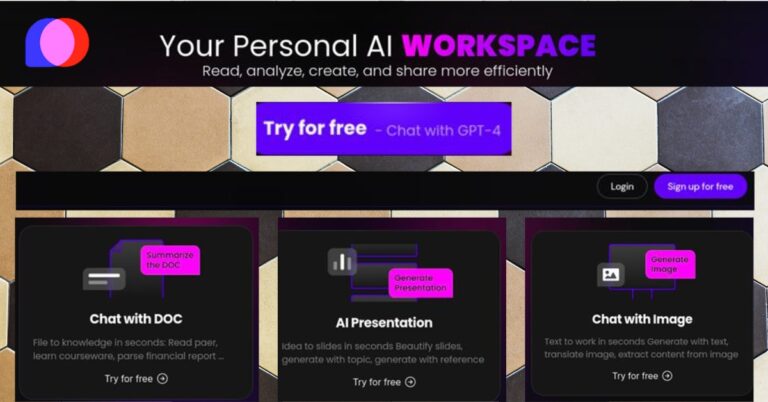Case Studies: Successful Legacy Modernization Using Low-Code Platforms
Legacy systems, often built on outdated technologies, present significant challenges for modern enterprises. They can hinder agility, integration, and innovation. Low-code platforms for application development have emerged as powerful tools in addressing these challenges, offering a streamlined approach to modernizing legacy systems. This article explores several case studies that illustrate the successful use of low-code platforms for legacy application modernization and their impact on enterprise application development.
Case Study: Financial Services Firm Modernizing Core Banking Systems
A leading financial services firm faced the challenge of modernizing its core banking system, which was based on legacy technology. The outdated system was slow, difficult to integrate with new applications, and costly to maintain.
By leveraging an enterprise application development platform and legacy application modernization with low-code, the firm rapidly transformed its core banking system. The platform’s visual interface and pre-built components accelerated development, while seamless integration capabilities connected the new system to existing infrastructure. The result was a modernized core banking system that improved transaction processing speed, enhanced customer service, and reduced operational costs.
Case Study: Healthcare Provider Upgrading Patient Management Systems
A healthcare provider struggled with an outdated patient management system that lacked integration capabilities and was challenging to update. The legacy system was impacting patient care and administrative efficiency.
To address these challenges, the healthcare provider implemented an enterprise application development platform to modernize its patient management system. By utilizing low-code development principles, the provider rapidly created a new system that seamlessly integrated with electronic health records (EHRs) and improved patient scheduling. This transformation enhanced patient care, streamlined administrative processes, and improved overall operational efficiency.
Case Study: Retail Company Enhancing Inventory Management
A major retail company was using a legacy inventory management system that struggled to keep up with real-time data and reporting needs. The system’s limitations were affecting inventory accuracy and operational efficiency.
The company implemented an enterprise application development platform to build a new inventory management system using legacy application modernization with low-code principles. The platform’s ability to integrate with existing systems and provide real-time data analytics enabled the company to optimize inventory levels, reduce stockouts, and improve overall supply chain performance.
Case Study: Manufacturing Firm Upgrading Supply Chain Management
A large manufacturing firm faced challenges with its legacy supply chain management system, which was unable to support modern supply chain processes and lacked integration with new digital tools.
By adopting an enterprise application development platform and utilizing legacy application modernization with low-code, the firm transformed its supply chain management. The new system, developed rapidly using the platform, improved supply chain visibility, streamlined procurement processes, and enhanced collaboration with suppliers. This resulted in increased efficiency, reduced costs, and improved overall supply chain performance.
Case Study: Educational Institution Revamping Learning Management Systems
An educational institution was using a legacy learning management system (LMS) that could not support new educational technologies and lacked user-friendly features for students and instructors.
The institution leveraged an enterprise application development platform to create a modern LMS using legacy application modernization with low-code principles. The new LMS offered a better user experience for students and instructors, supported a wider range of educational technologies, and improved overall efficiency. This transformation enhanced the learning experience and contributed to the institution’s academic success.
These case studies demonstrate the transformative power of enterprise application development platforms and legacy application modernization with low-code in driving business success. By accelerating development, improving efficiency, and enabling innovation, these platforms are helping organizations across industries to overcome challenges and achieve their strategic goals.
Future Trends in Legacy Modernization with Low Code
1. Integration with Emerging Technologies: As low-code platforms evolve, they will increasingly integrate with emerging technologies such as artificial intelligence (AI) and machine learning. These integrations will further enhance the capabilities of modernized legacy systems, enabling more advanced functionalities and automated processes.
2. Increased Focus on Security: Security concerns will continue to drive innovations in low-code platforms. Future platforms are expected to offer enhanced security features, such as advanced encryption and compliance tools, to protect sensitive data and ensure regulatory compliance.
3. Greater Customization and Scalability: Future low-code platforms will offer more customization options, allowing organizations to tailor applications to their specific needs. Scalability features will also be enhanced to support growing business requirements and evolving technology landscapes.
Conclusion
The successful modernization of legacy applications using low-code platforms for application development demonstrates the transformative potential of these technologies. Through real-world case studies, it is clear that low-code platforms offer significant benefits in terms of speed, cost-efficiency, and functionality. As organizations continue to seek ways to update their legacy systems, low-code technology will play a crucial role in enabling effective and efficient enterprise application development.
Keep an eye for more news & updates on TechTrand!






